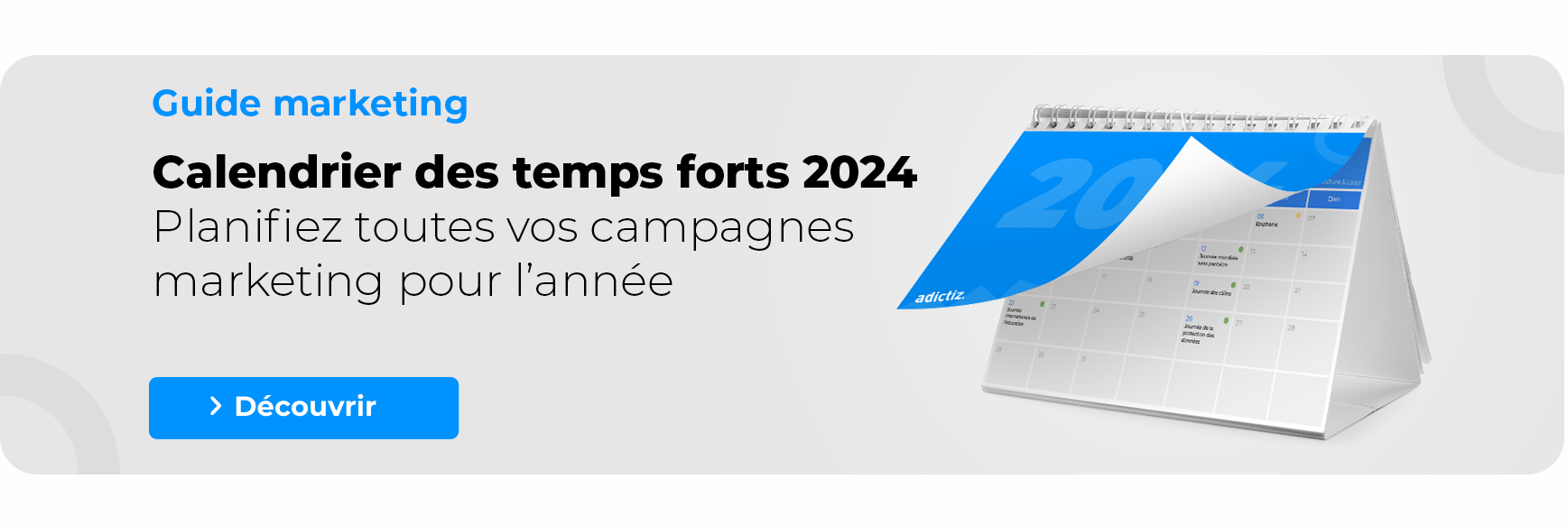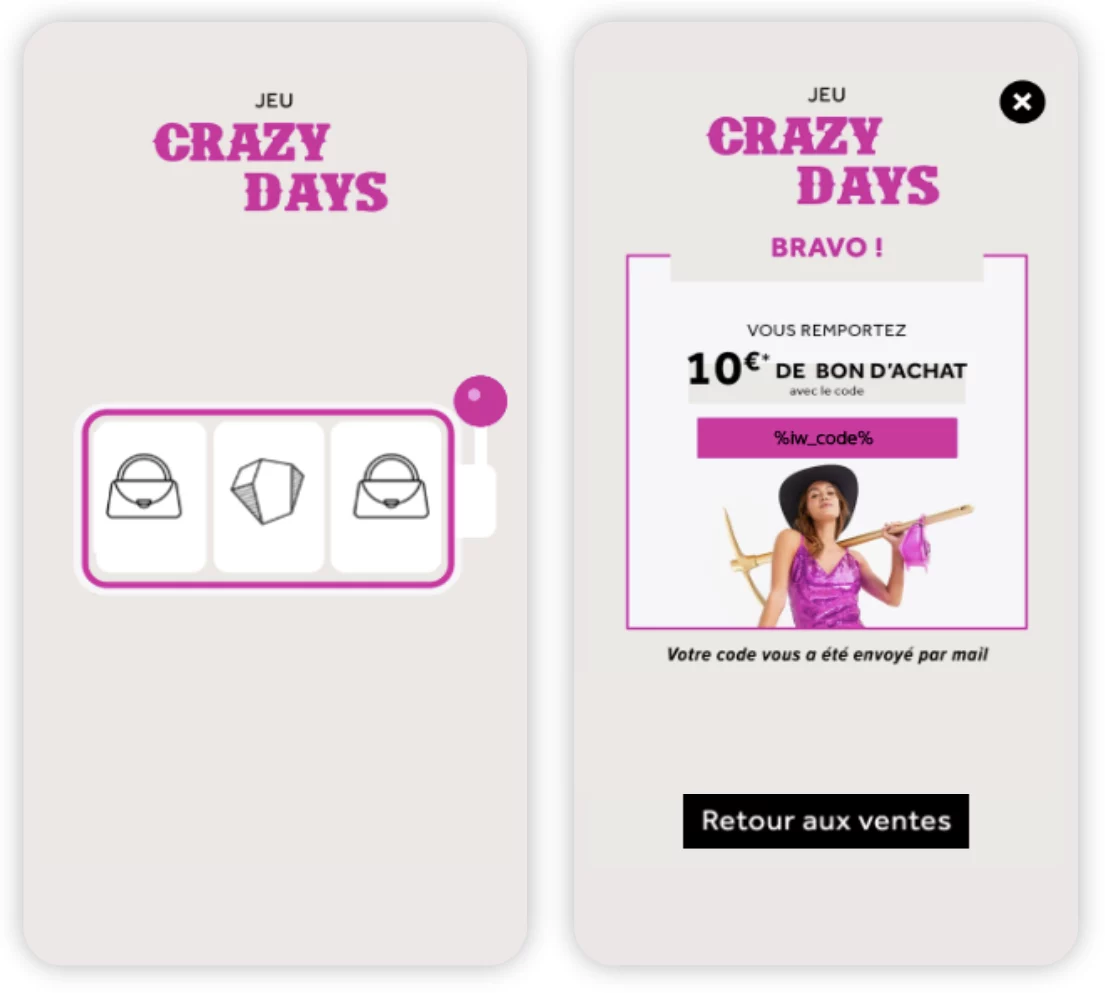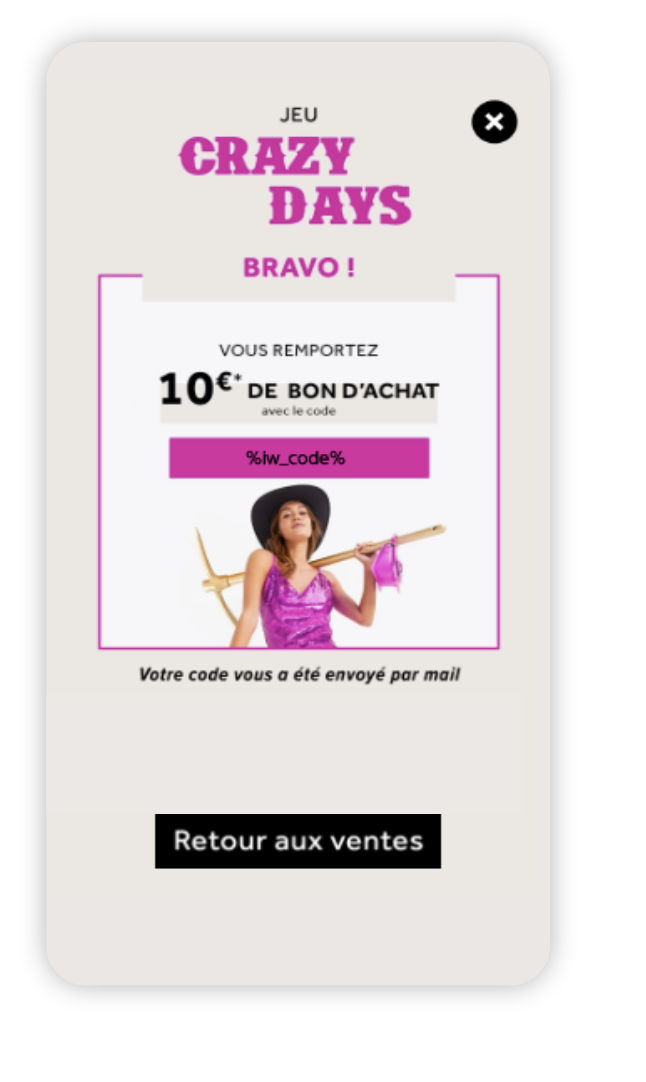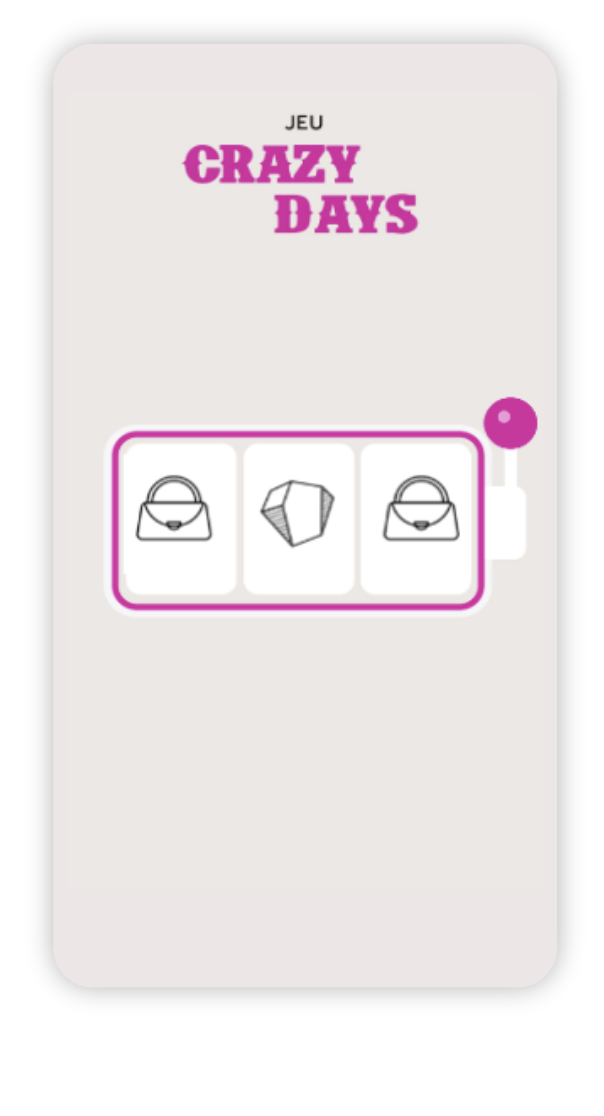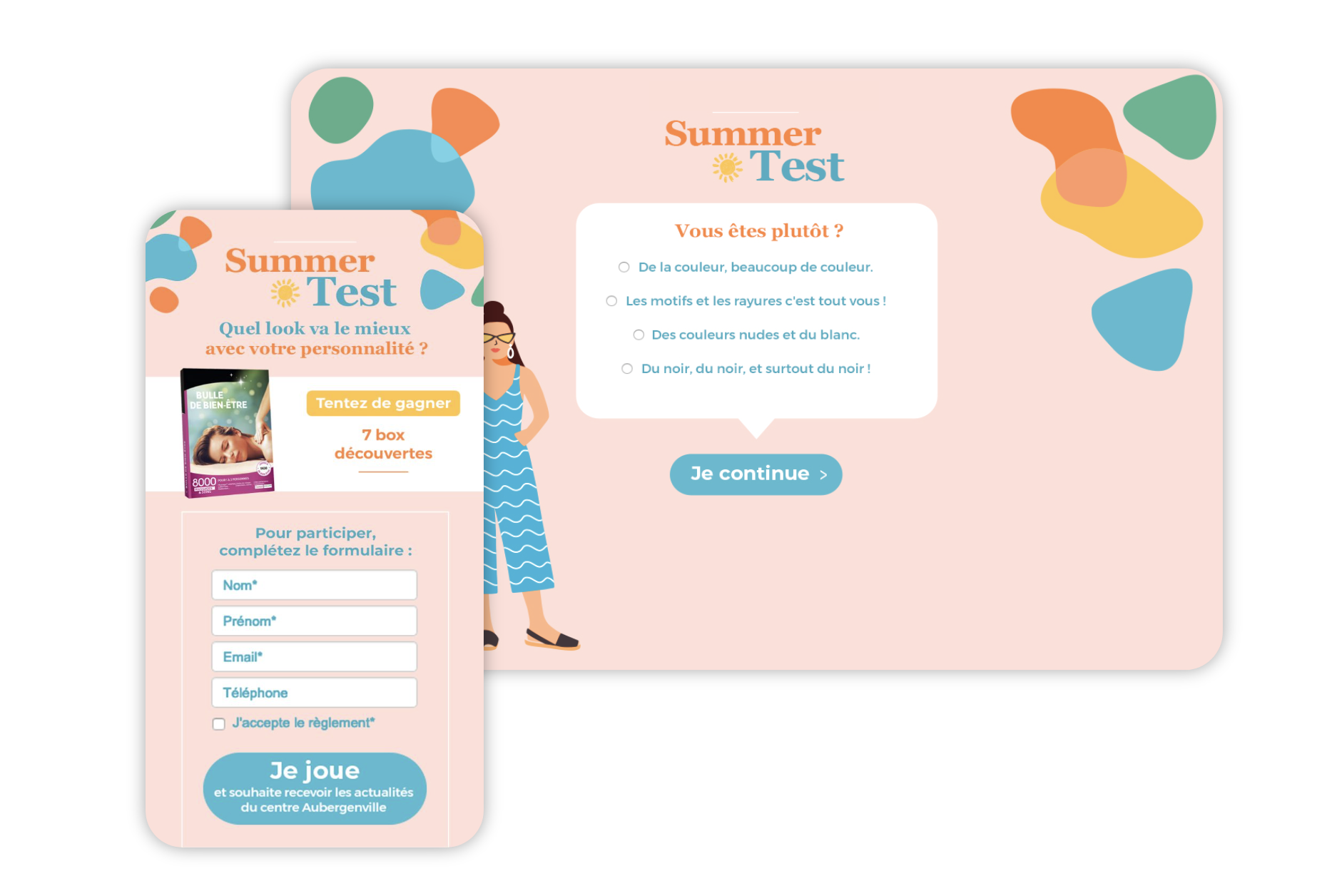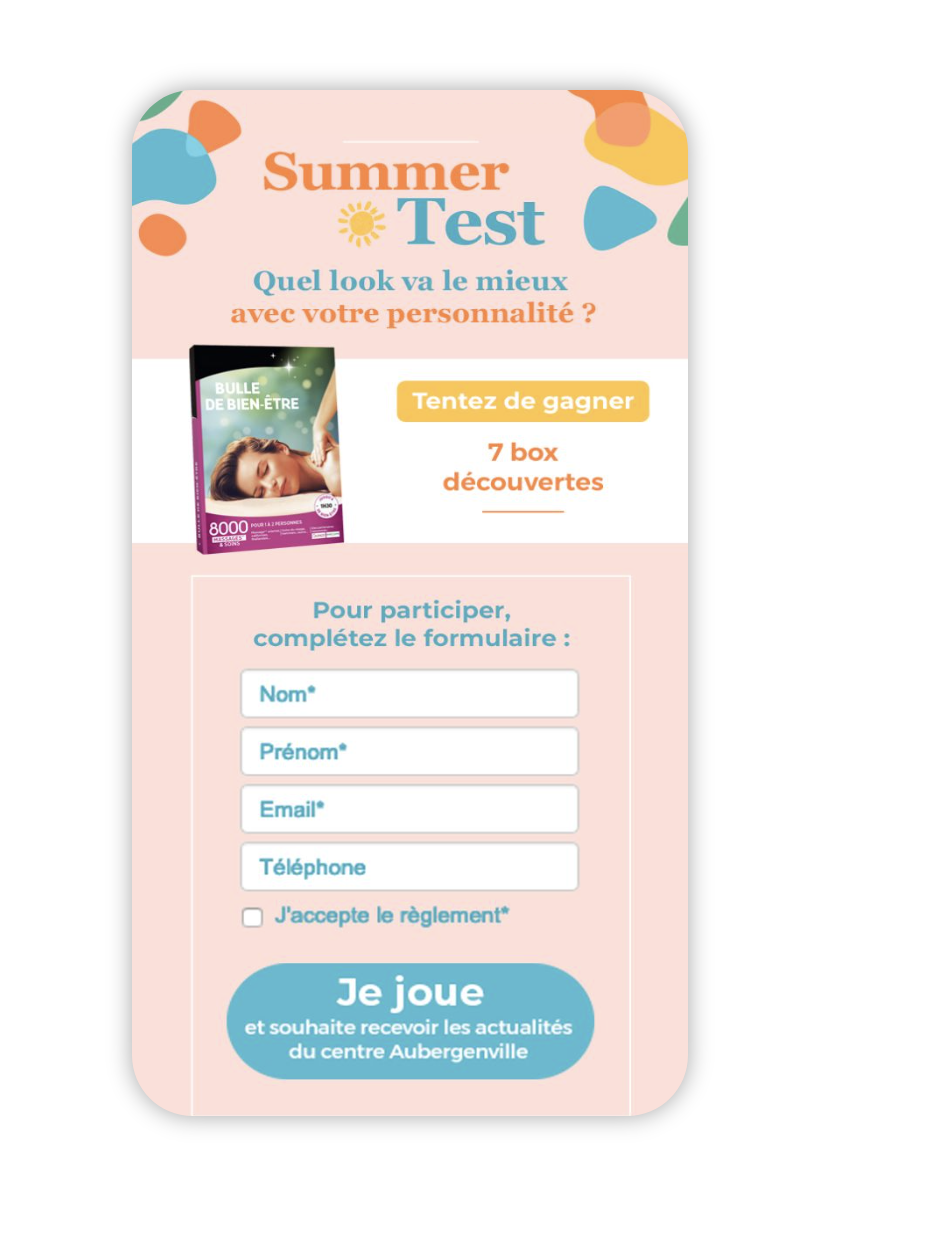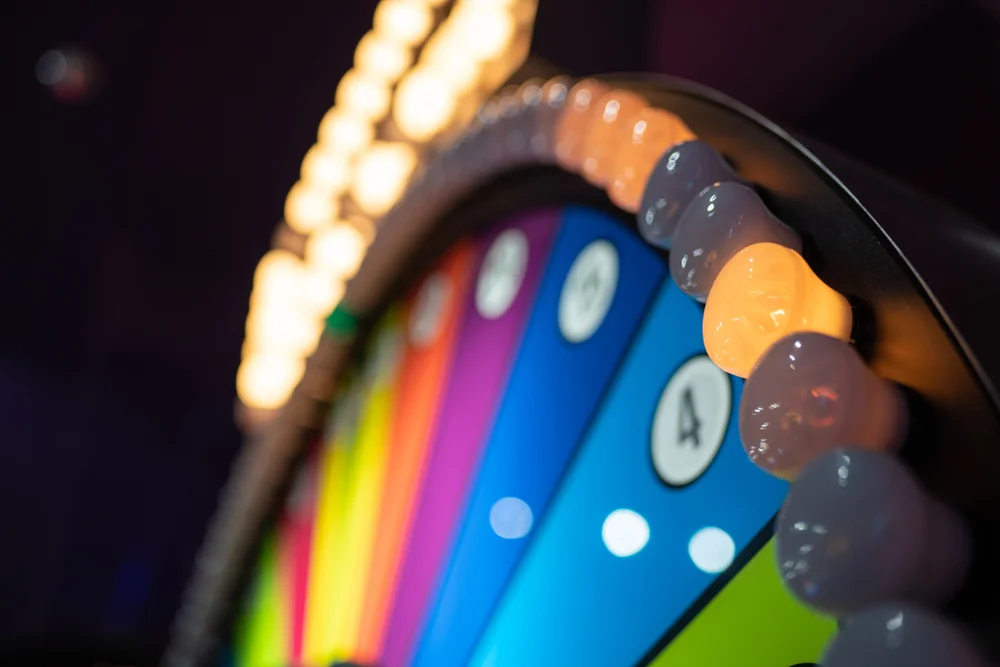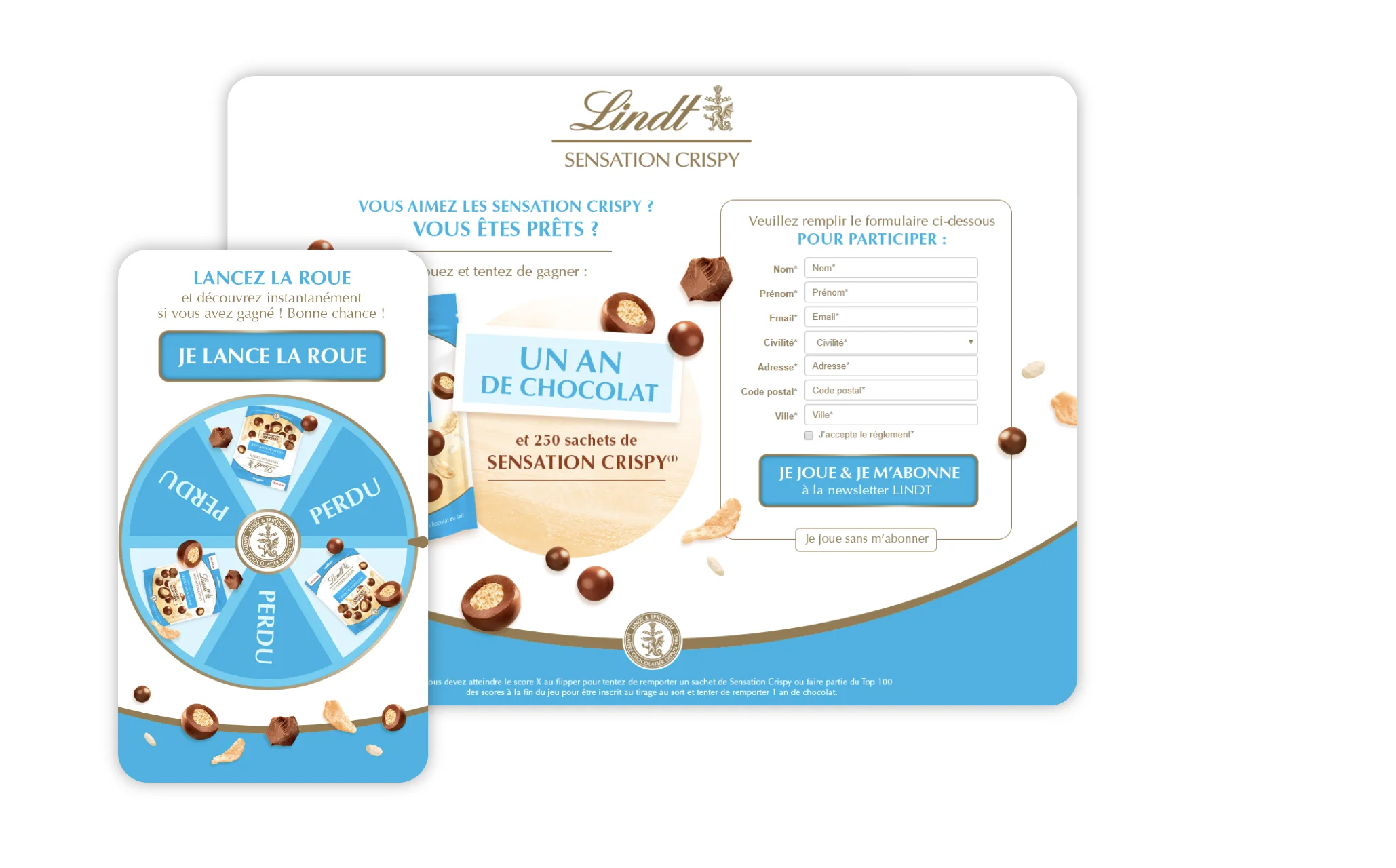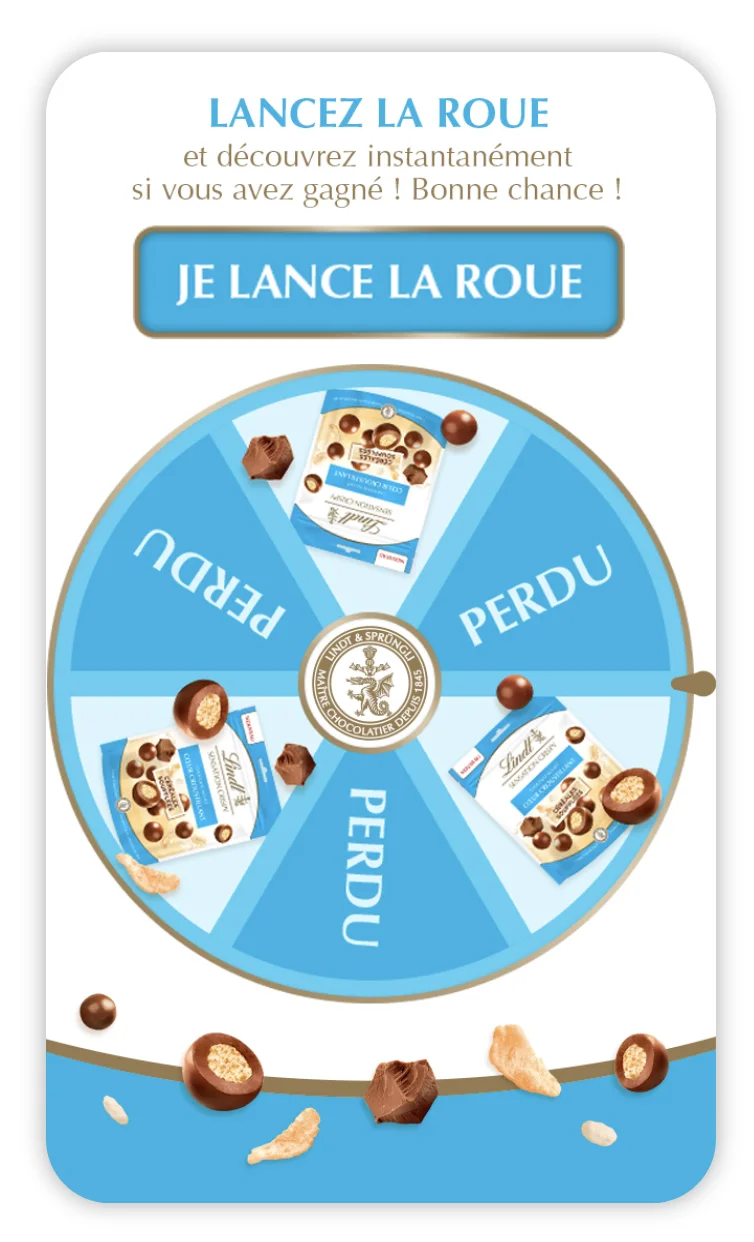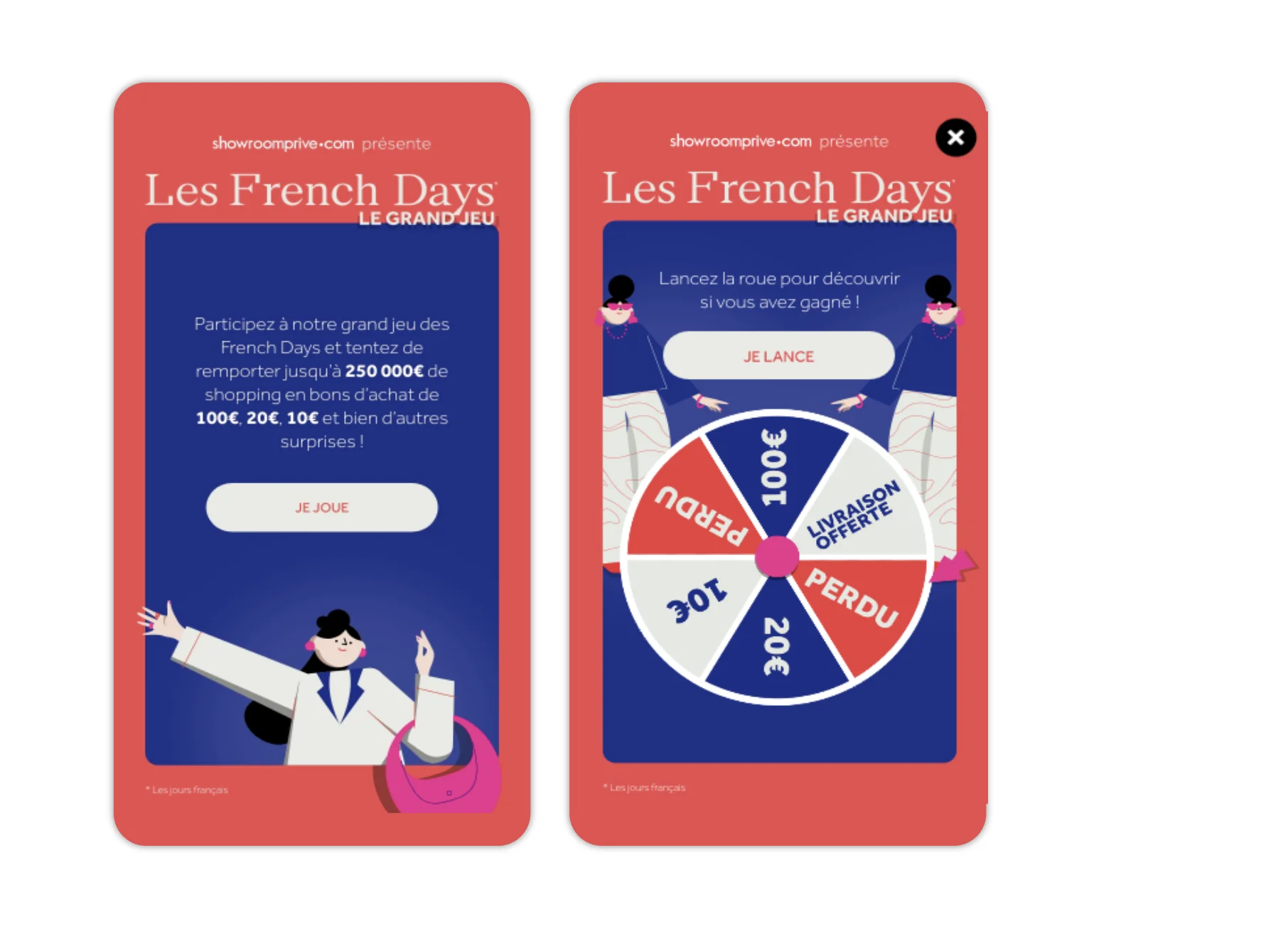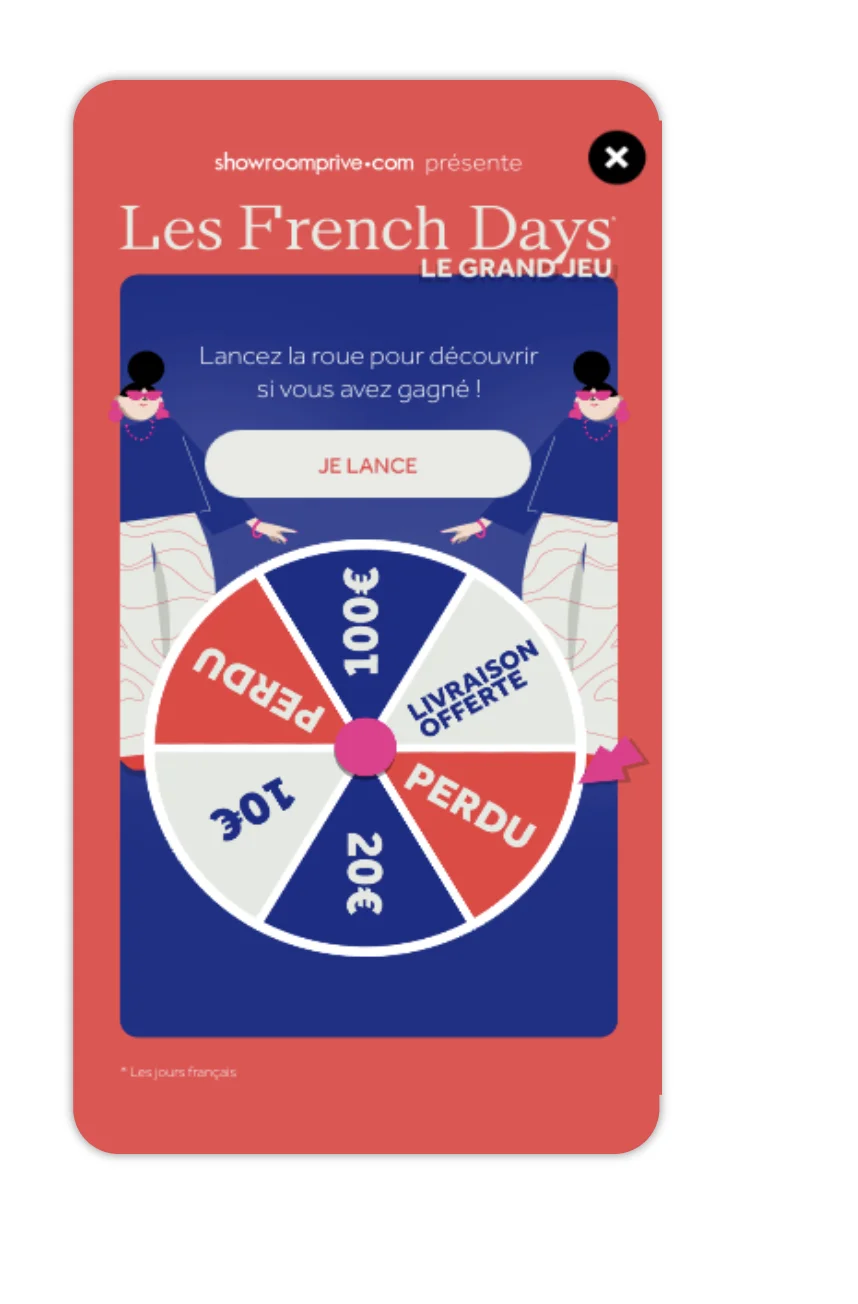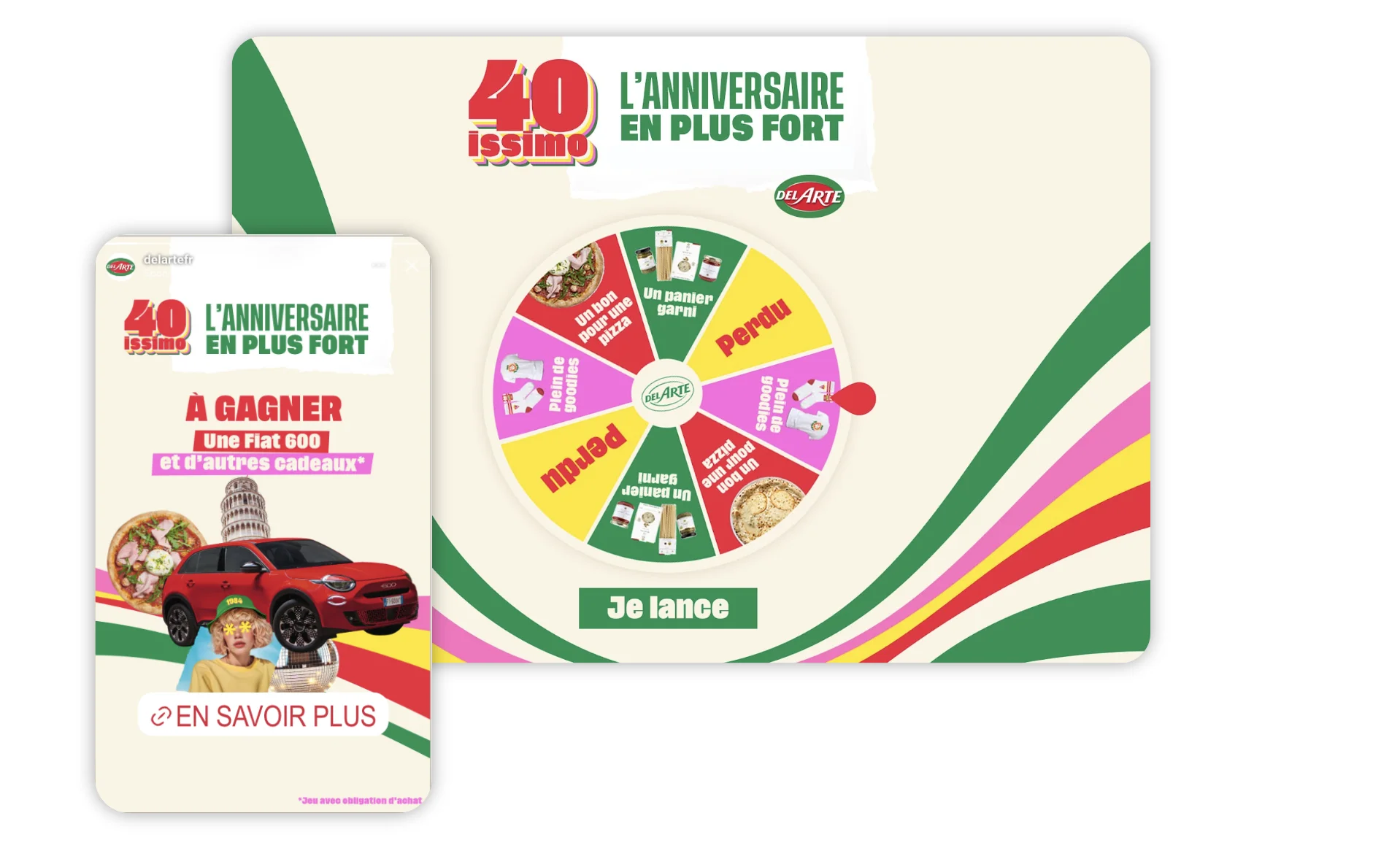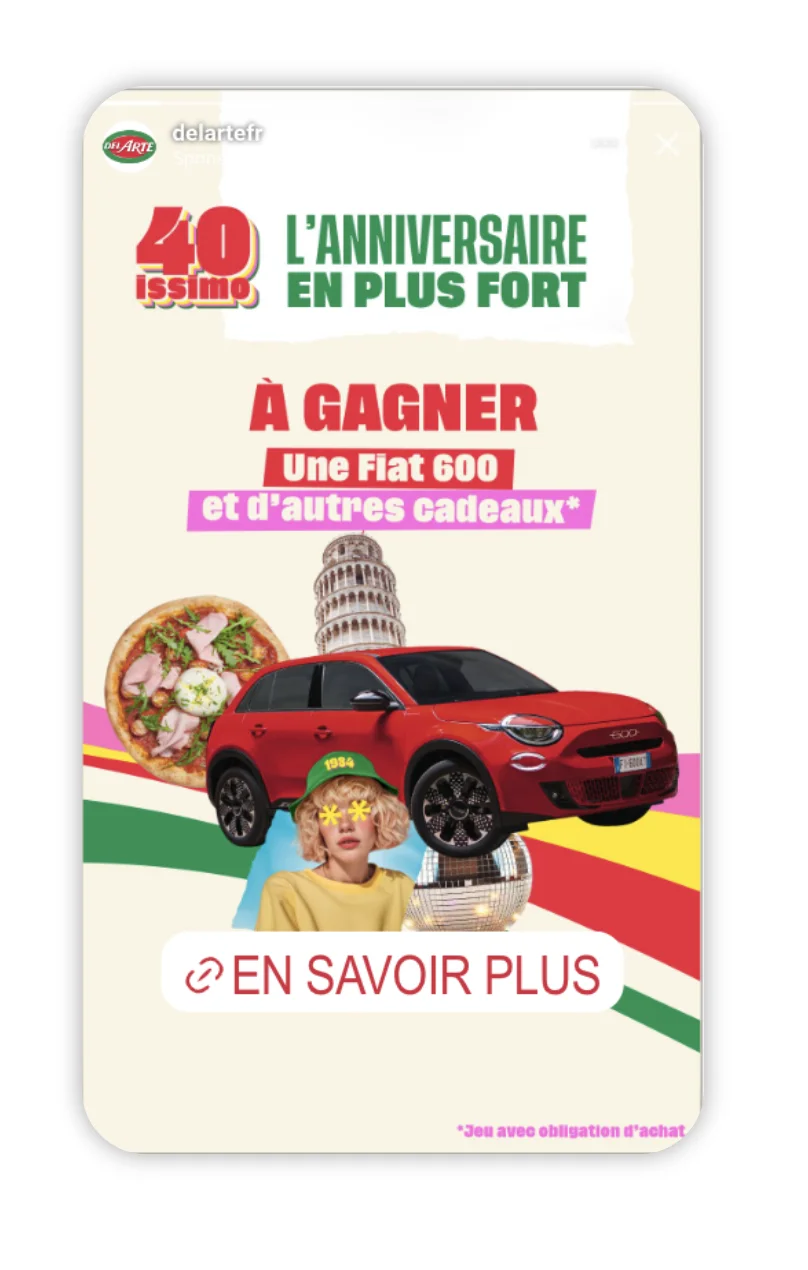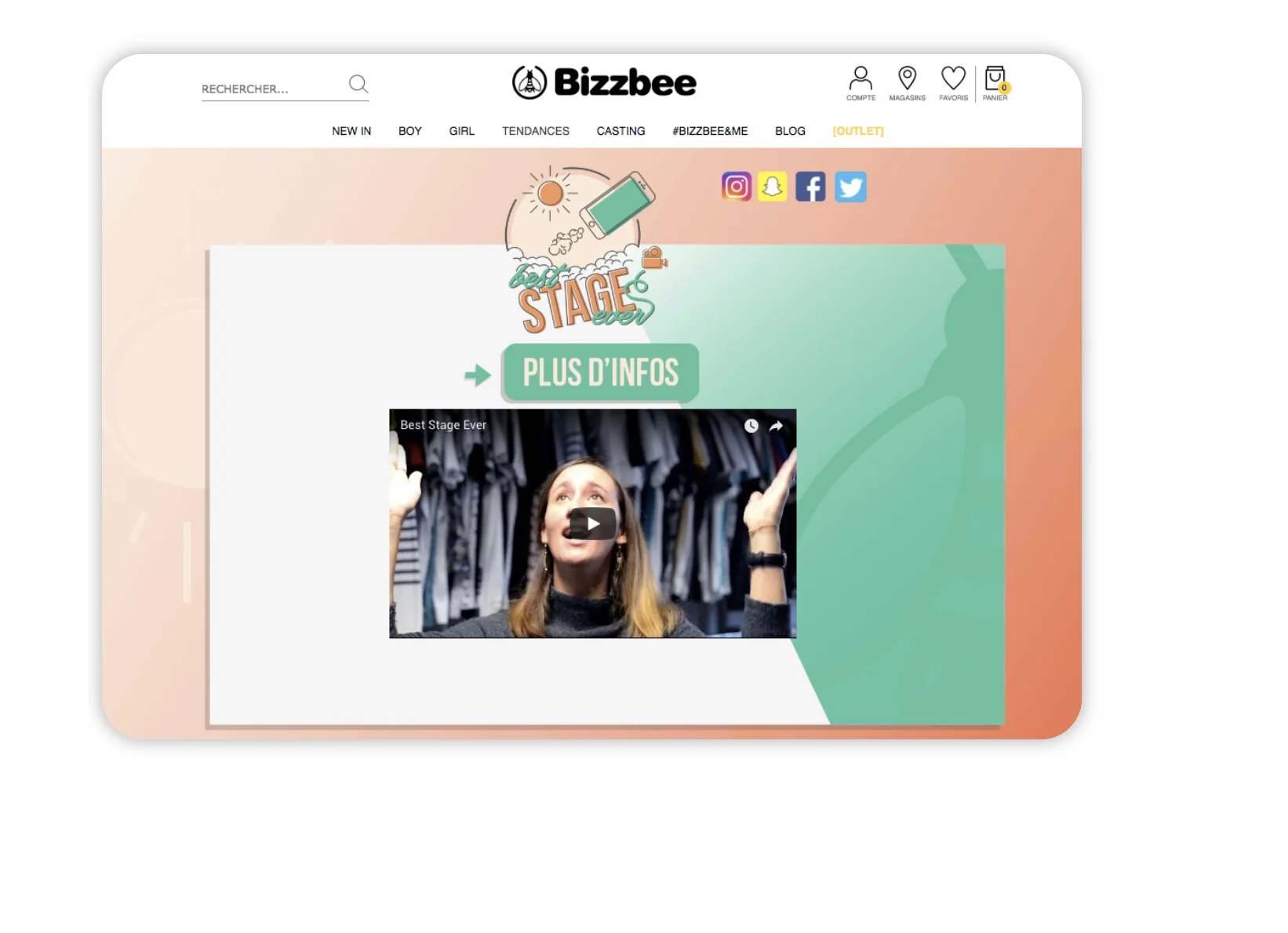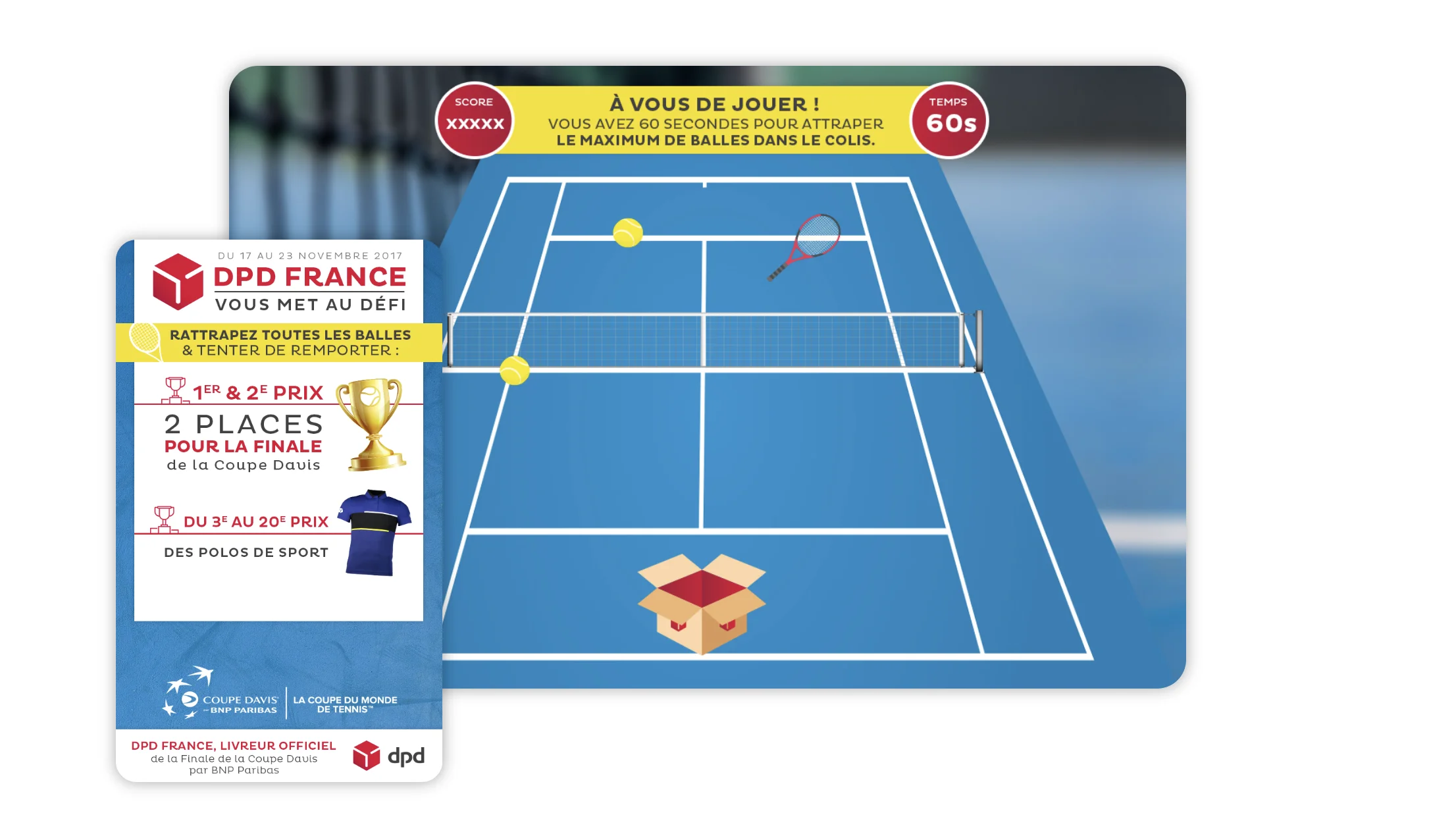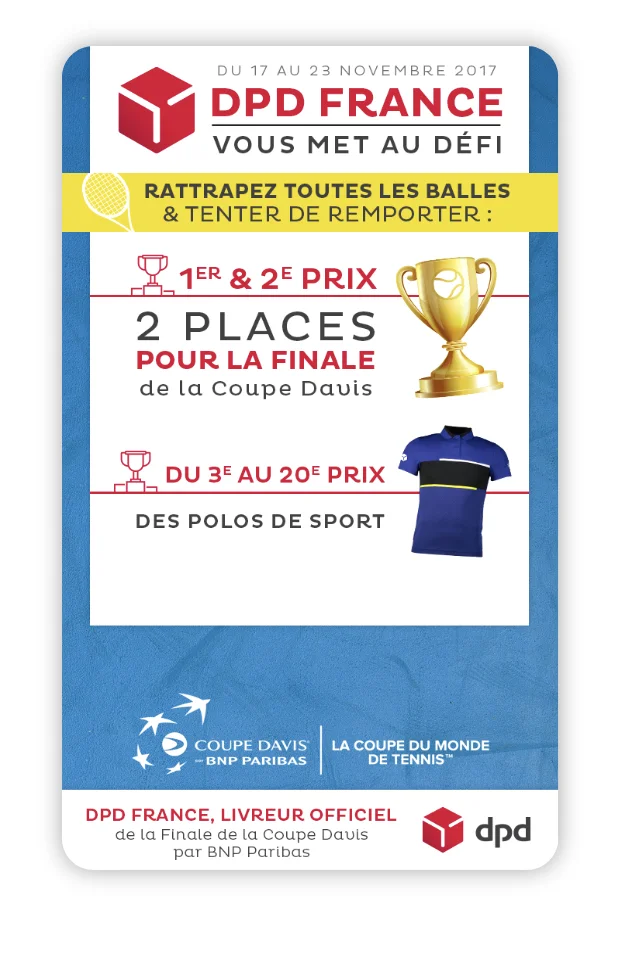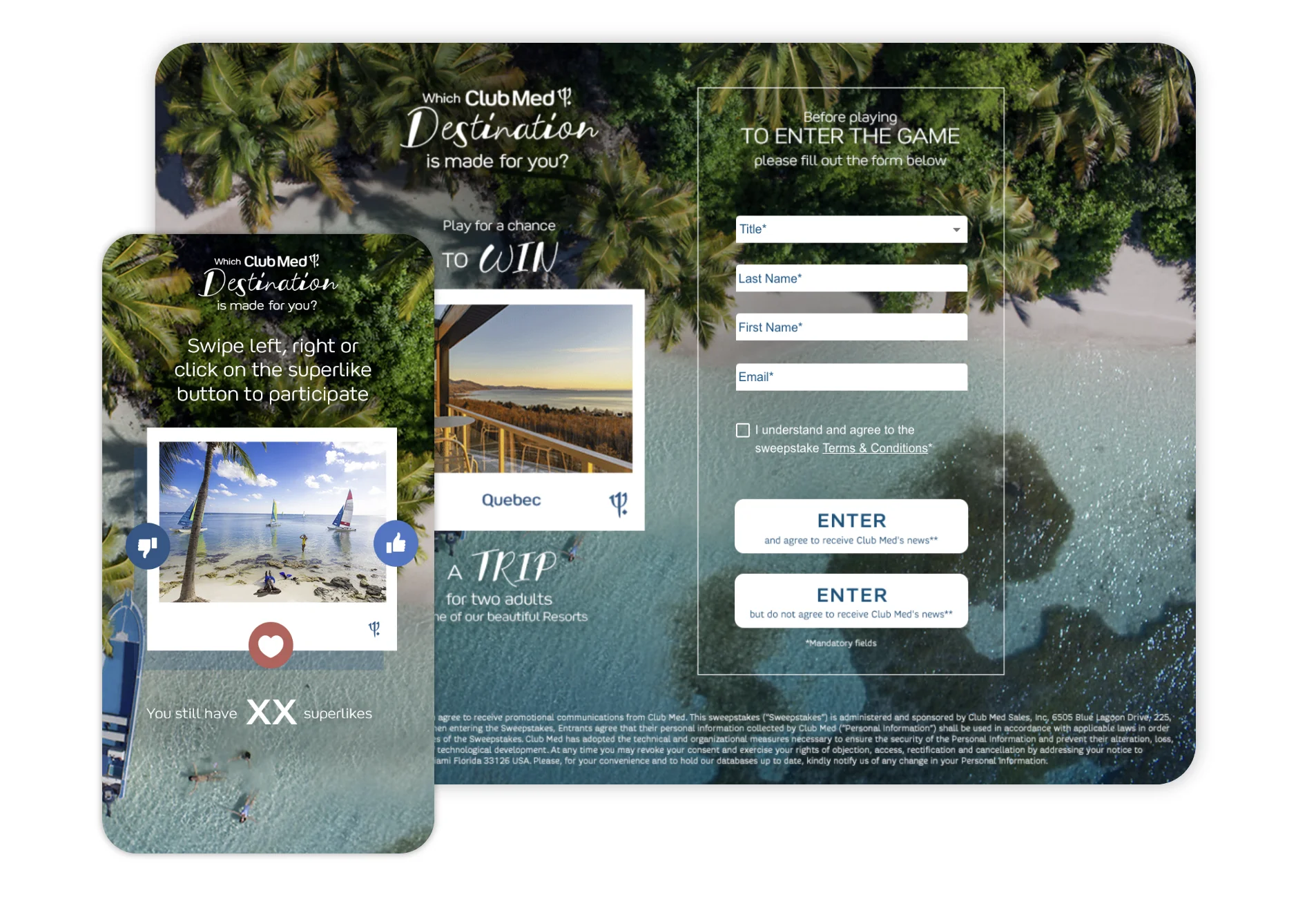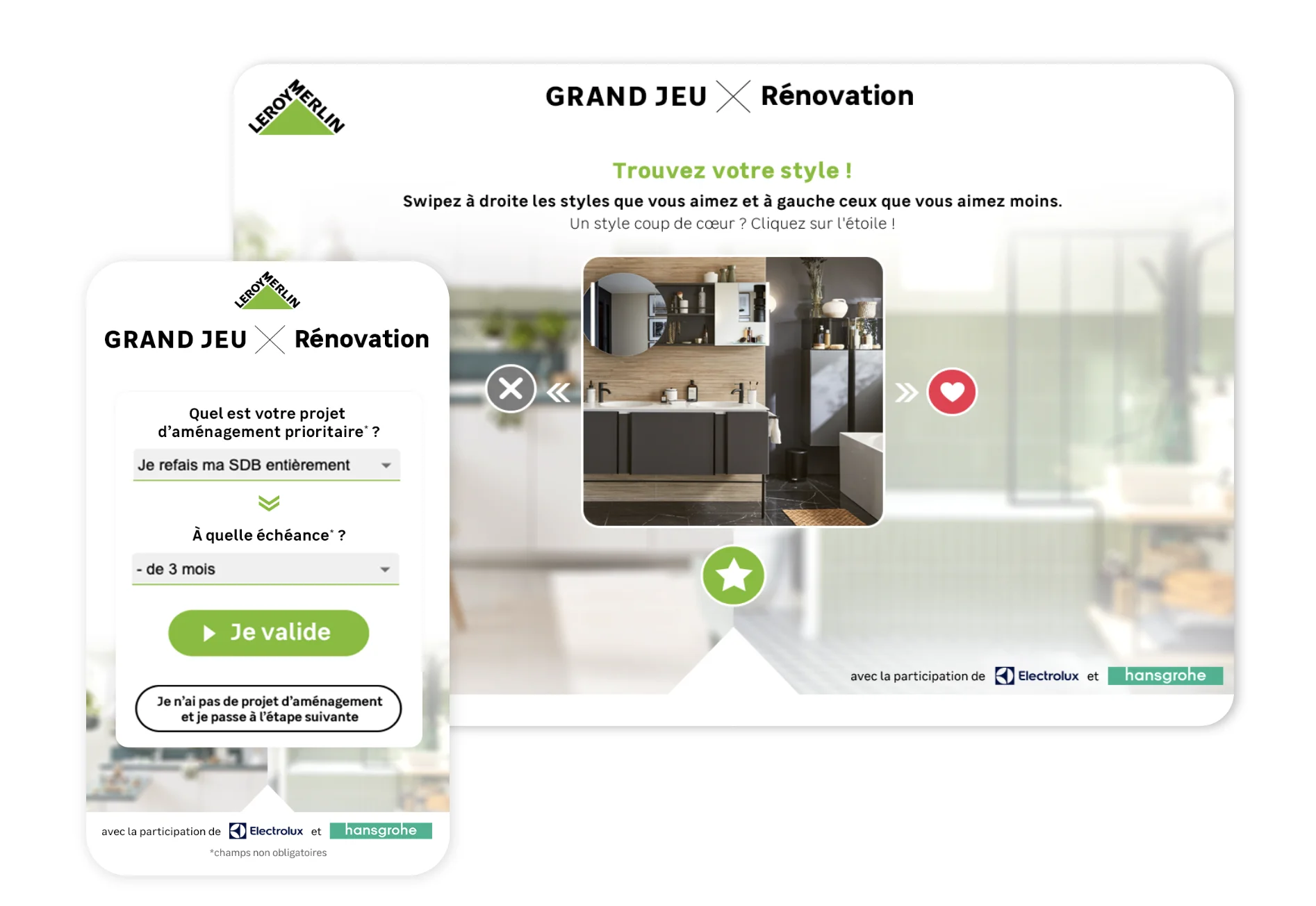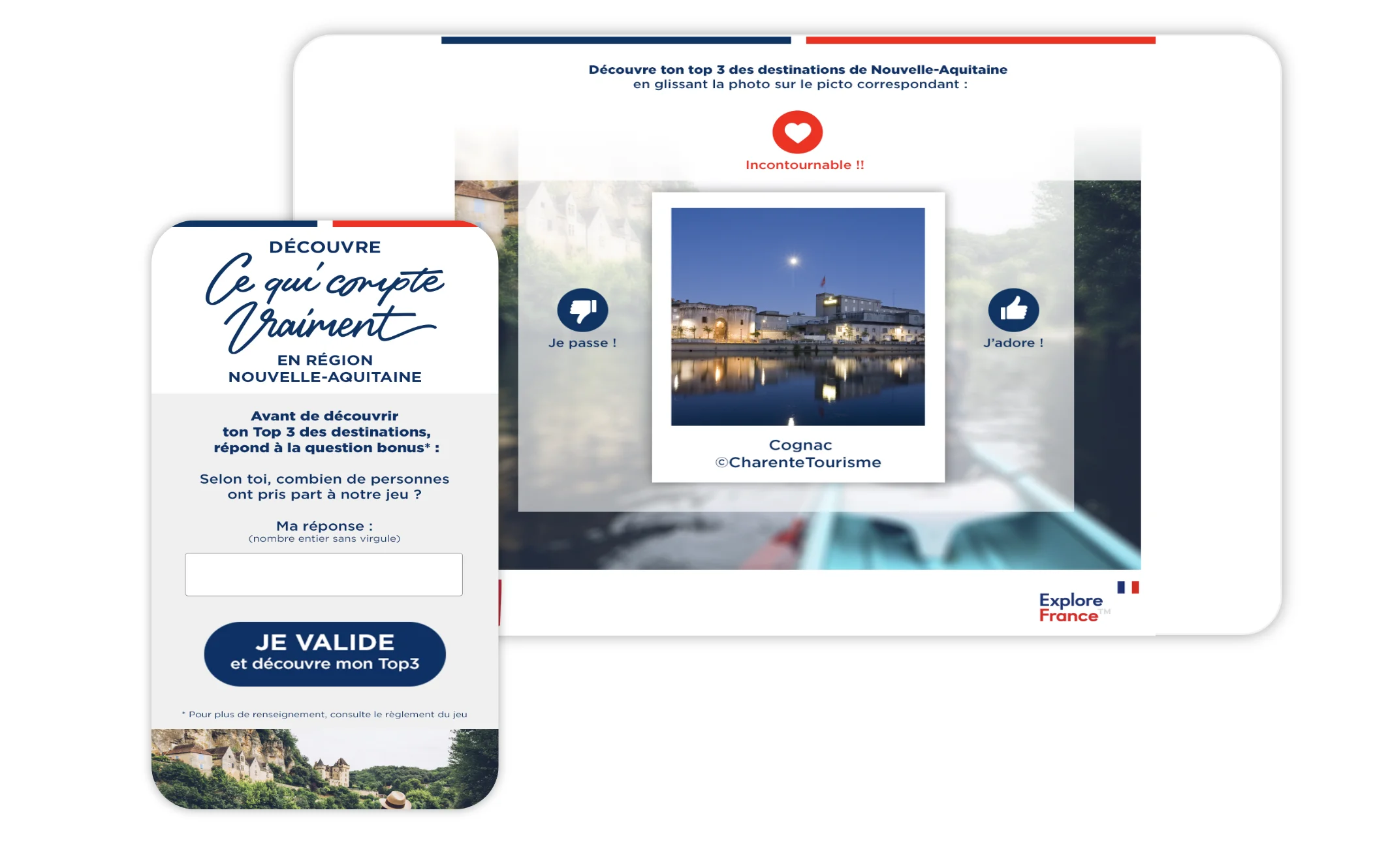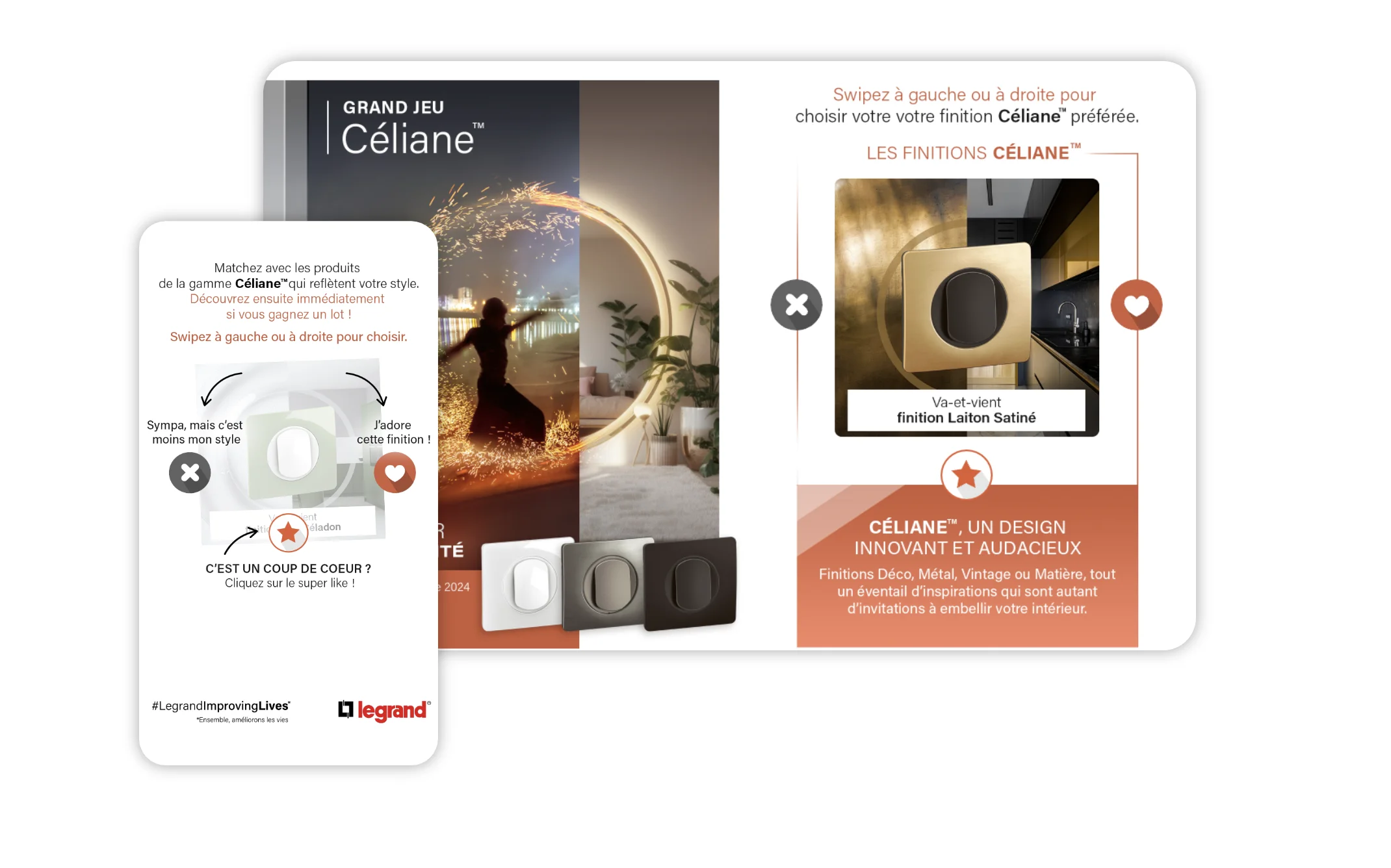
What is first-party data?
If you’re looking to collect valuable and reliable data, or are curious to find out more about first party data, then you’ve come to the right place. Find out how it can be useful to businesses and its crucial role in the world of modern marketing.
What is first-party data?
This data is collected from customers whenever they interact with a brand. By buying products or signing up to a loyalty program, for example. This information can be used to improve the customer experience on the merchant site or to send personalised offers to a database. It may include information such as name, age, telephone number or e-mail address.
Considered to be the most reliable source of data, the collection of first-party data is a highly prized objective for marketing teams.
Description of the data collection process
Collecting data, although systematic in marketing, is not trivial. We’re talking about sensitive information, but it’s also a commercial issue for companies.
The first step is to identify the data the company needs. This could be information about the location of their prospects and customers, or their age.
Once the needs have been identified, the format for collecting the information needs to be chosen. This can be a form or a survey.
First party data in digital marketing
La stratégie de collecte de données est devenue banale pour les marketeurs. En effet, le secteur du digital a pris une ampleur considérable ces dernières années et quelques abus ont été reportés.
Respecter de la vie privée est un sujet qui touche de plus en plus d’utilisateurs. Ces derniers sont de plus en plus exigeants quant à l’utilisation de leurs données, ce qui explique la restriction récente concernant les cookies tiers sur divers navigateurs. Google a annoncé la fin de ces cookies face à la méfiance croissante des internautes. Il est donc urgent pour les marketeurs de trouver de nouvelles solutions plus respectueuses de la confidentialité des données, mais aussi de l’environnement.
C’est pourquoi les données dites first party constituent un réel atout pour les marketeurs.
A valuable source of data
First-party data is a data collection strategy that is now very popular in digital marketing. Why ? Simply because information submitted voluntarily is qualifying data.
Thanks to customisable forms, it is possible to collect the data that brands need. Whether it’s to generate leads or to get to know your customer base better, first-party data is a valuable source of data. Collected transparently, it contains valuable and reliable information.
The role of first-party data
A stronger relationship with the customer
Getting to know your customers is the key to forging closer links and building loyalty. Offering personalised content or offers is what today’s users expect.
Participating in campaigns and voluntarily filling in information on a form provides a transparent data collection solution.
A more effective way of prospecting
Collecting first-party data enables companies to better understand their customers’ needs and preferences. However, this strategy can also identify the prospects most likely to become customers of the brand. Based on online behaviour and purchase history, companies can create target audiences for subsequent conversion. Offering personalised offers and getting prospects to spend time with the brand can make all the difference.
Better control of customer relations
First-party data collection has the advantage of being both reliable and transparent. Thanks to this strategy, companies can capture their customers’ intentions as well as any relevant information. This makes it possible to propose personalised content or offers and respond to potential customer needs. It’s an ideal way of improving the relationship between the company and its customers.
The different uses of first-party data
First party data is a powerful tool for companies and brands to better understand and target their customers. First party data can be collected from a wide range of sources, including websites, mobile applications and social networks. It is a source of data that companies can collect, analyse and exploit. This makes it easier for them to improve their products or services, their advertising campaigns and their marketing strategy. The Swiss army knife of data can be adapted to any situation!
First party data, very useful for your marketing team
First party data has become an indispensable tool for marketing teams. Data collection helps marketers to better understand customer journeys, discover the most effective communication channels and identify weak points in the customer experience. This enables marketing teams to implement more effective and profitable campaigns, while improving the overall customer experience.
This strategy is also effective for identifying market trends and preparing future collections or campaigns.
Analysing customer behaviour
En collectant les informations données volontairement par les utilisateurs, il est possible de créer des profils clients détaillés pour analyser des comportements d’achats. Les données first party incluent des informations sur les achats passés, les paniers composés sur le site marchand ou encore les commentaires laissés sur le site.
Gràace à l’utilisation de ces données, c’est une conversation qui a lieu entre l’entreprise et sa clientèle. Les clients vous parlent et s’ils sont écoutés, vous pourrez alors les fidéliser et vous assurer que vos actions marketing soient efficaces.
Easier to improve conversion rates
Improving conversion rates is a real challenge for businesses. By using first-party data, you can distribute targeted offers to trigger purchases. Thanks to the valuable information collected upstream, you can respond to customers’ real needs.
Conclusion
In conclusion, gearing your strategy towards the collection of first-party data allows you to develop an ethical and more transparent approach. It is essential to listen to users’ concerns, while taking into account the changes on the horizon in terms of digital marketing.
This will enable companies to strengthen customer relations by learning about their preferences and purchasing intentions. What’s more, personalising offers and improving the customer experience will only improve the conversion rate!



